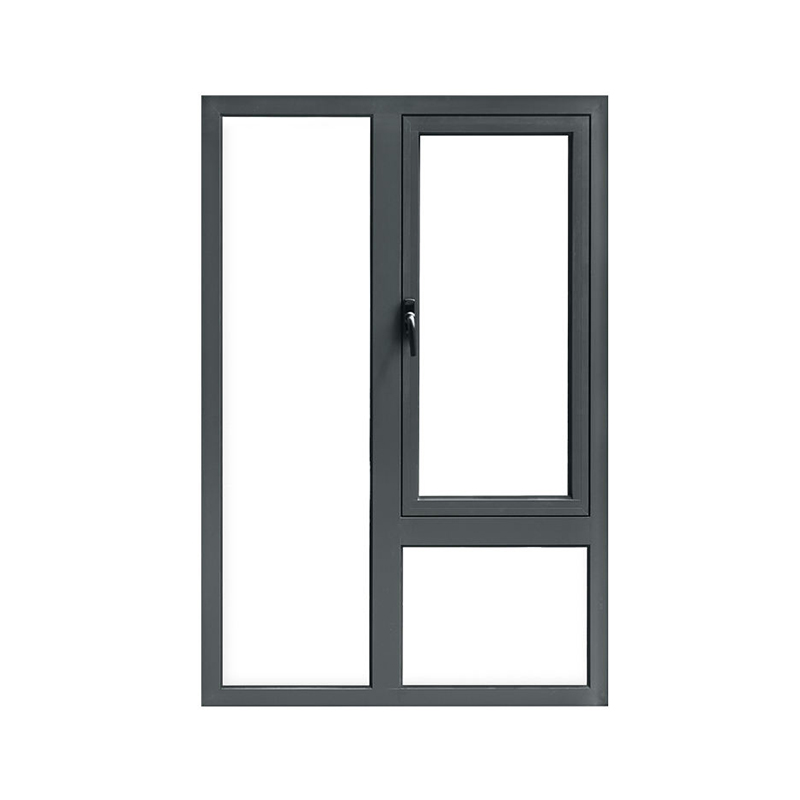Send inquiry
In regions frequently threatened by hurricanes and severe storms, homeowners constantly face the challenge of protecting their properties from high winds, flying debris, and torrential rain. Traditional windows are often the weakest points in a home’s defense system — they can shatter easily under pressure or impact, exposing interiors to catastrophic damage. This is where hurricane impact windows come in.
But what exactly are hurricane impact windows? How do they work, and are they really worth the investment? In this comprehensive article, we will explore the technology, benefits, installation, and long-term value of these life-saving windows that combine strength, safety, and style.
Hurricane impact windows, also known as storm-proof or impact-resistant windows, are specially designed to withstand extreme wind forces and high-velocity impacts during hurricanes, tropical storms, and tornadoes.
Unlike regular glass windows, which can easily shatter, impact windows are made of multiple layers of glass and polyvinyl butyral (PVB) or ethylene-vinyl acetate (EVA) interlayers. These interlayers hold the glass firmly together even if it cracks, preventing sharp fragments from scattering inside the house.
In essence, hurricane impact windows act like a car windshield — they may crack under severe pressure, but they remain intact, maintaining the structural integrity of the window and the home.
The secret behind their strength lies in laminated glass technology. A typical impact window consists of:
When a heavy object — like a flying branch or debris — hits the window, the outer glass layer may crack, but the interlayer keeps the pieces bonded, preventing penetration and maintaining the seal.
These windows also undergo rigorous testing to meet standards set by organizations such as the American Society for Testing and Materials (ASTM) and Miami-Dade County Product Approval, which simulate hurricane conditions.
During hurricanes, wind pressure can reach speeds of 150 mph or higher, creating intense forces that can cause catastrophic damage. When a window or door breaks, it allows wind and water to enter the house, rapidly increasing internal pressure and potentially blowing off the roof.
By installing hurricane impact windows, homeowners create a continuous protective barrier that prevents:
They serve as both a physical and psychological shield, offering peace of mind during extreme weather.
A high-quality hurricane impact window is engineered using advanced materials and construction techniques. The main components include:
Two sheets of glass bonded with a clear interlayer. Even if shattered, the glass stays in place.
Frames are made from materials like aluminum, vinyl, or fiberglass, designed to resist corrosion, flexing, and deformation under stress.
Ensure the window remains watertight and airtight even under extreme conditions.
Some models include an air or gas-filled cavity between glass layers for enhanced energy efficiency and noise reduction.
These features make them a smart long-term investment for both coastal and inland homeowners.

The primary advantage is, of course, protection against hurricanes. Impact windows are tested to resist Category 5 hurricane conditions, keeping your home sealed and safe.
The same strength that resists storm debris also prevents intruders from breaking in, making your home more secure year-round.
The laminated glass provides excellent insulation, keeping indoor temperatures stable and reducing air conditioning and heating costs by up to 30% annually.
The multiple layers of glass and interlayer material act as a sound barrier, reducing noise from traffic, airplanes, or neighbors — ideal for urban areas.
Impact glass blocks harmful ultraviolet rays, preventing furniture, flooring, and fabrics from fading.
Many insurance companies offer discounts of 10–45% for homes equipped with certified hurricane impact windows.
Homebuyers in coastal or hurricane-prone areas value properties with built-in protection, increasing resale appeal and market value.
Modern designs come in various styles, colors, and finishes — blending strength with elegance, without the hassle of storm shutters.
To ensure performance under extreme weather conditions, hurricane impact windows must meet rigorous testing standards, such as:
Windows that pass these tests receive official approval labels, ensuring they are safe for use in hurricane zones.
Proper installation is just as important as the window itself. Even the strongest window can fail if incorrectly installed. The installation process typically includes:
Professional installation guarantees that the window will perform as designed during storms.
To keep hurricane impact windows in top condition:
With proper maintenance, these windows can last decades while maintaining performance and appearance.
For homeowners in hurricane-prone regions like Florida, Texas, or the Gulf Coast, the answer is a resounding yes. The value goes beyond protection:
Even for inland homeowners, impact windows offer noise control, UV protection, and peace of mind — benefits that extend far beyond storm season.
As technology advances, manufacturers are developing even stronger, lighter, and more energy-efficient impact windows. Future innovations include:
These advancements promise to make hurricane impact windows smarter, greener, and even more resilient.
So, why are hurricane impact windows considered the ultimate protection for your home? Because they do far more than resist wind and debris — they safeguard your family, reduce energy costs, deter intruders, and enhance comfort every day of the year.
By combining cutting-edge materials, superior engineering, and elegant design, these windows deliver safety without compromise. In a world where extreme weather events are becoming more frequent, investing in hurricane impact windows is not just a precaution — it’s a commitment to security, sustainability, and peace of mind.